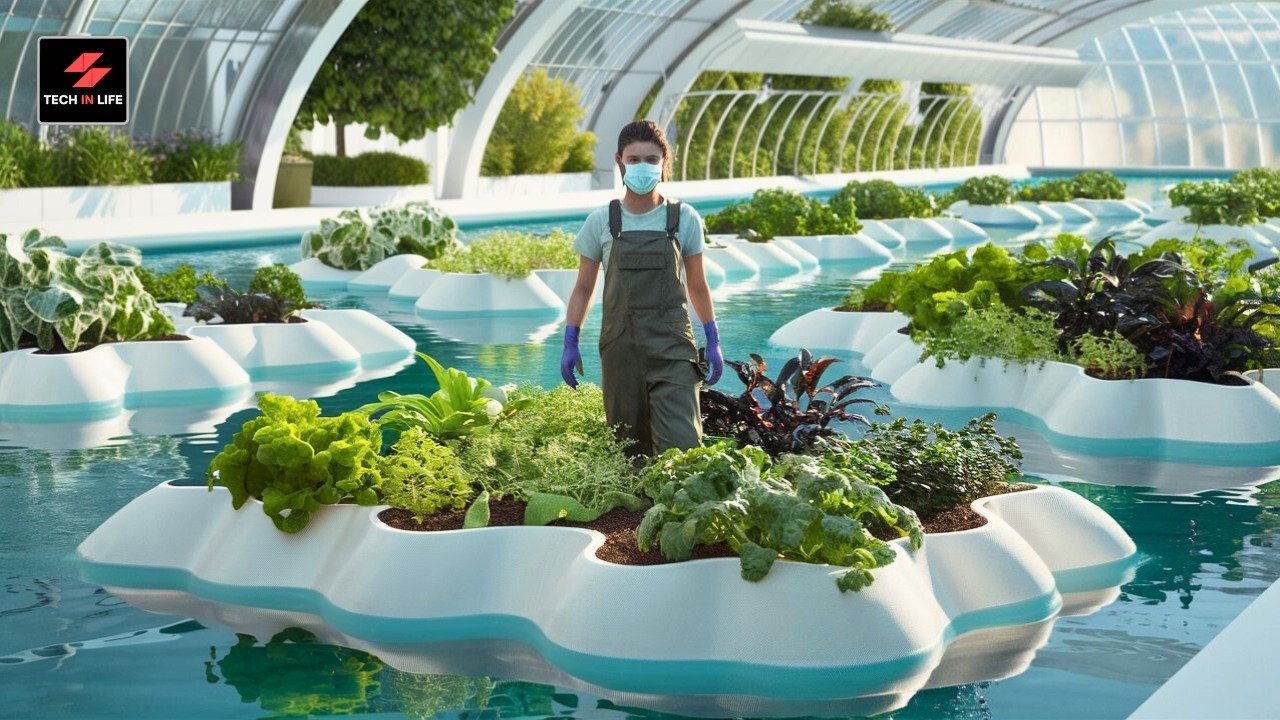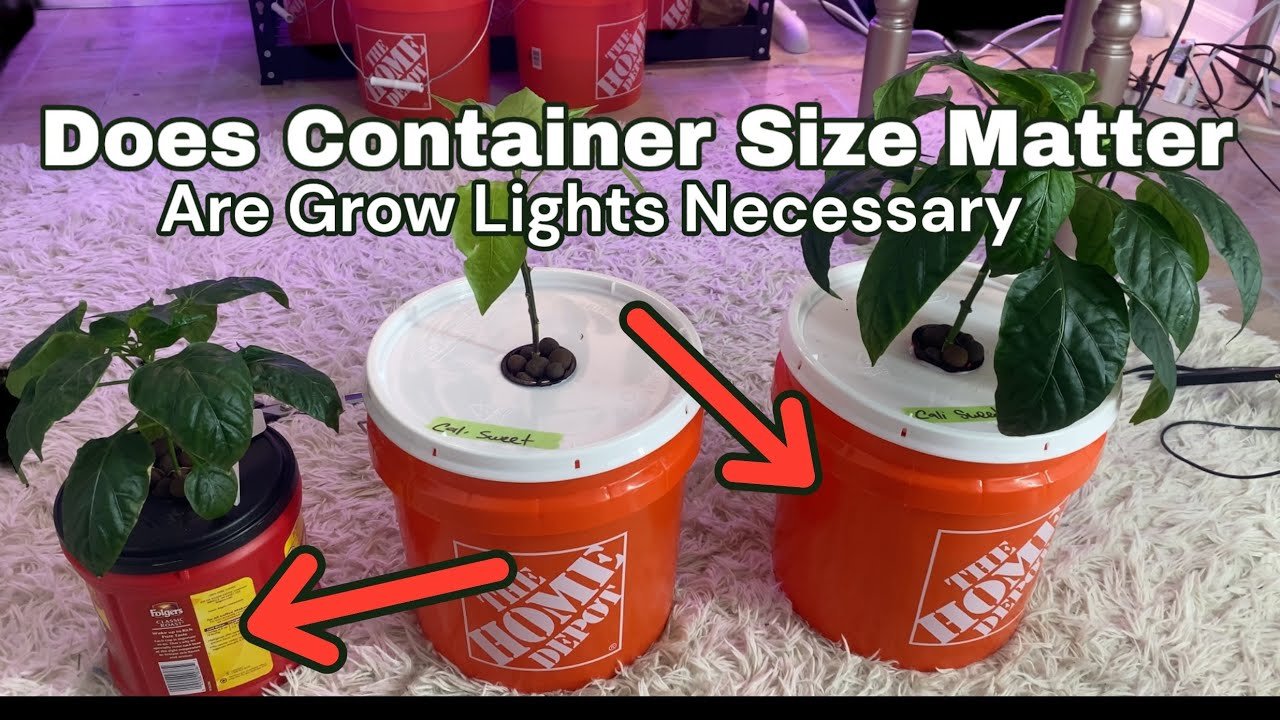The Hydroponic Container Chronicles: A Rural Journey into Urban Farming
It was a crisp spring morning, with the sun creeping over the rolling hills of my small town in the heart of the Midwest. I stared out at my backyard, which had seen better days. Flower beds were overrun with weeds, and the vegetable garden I had half-heartedly tended to last summer was little more than a patch of dirt. Inspired by all those glossy articles about sustainable living, I decided to dive into the world of hydroponics. Little did I know what I was in for.
The Inspiration Strikes
I stubbed my toe on a few old garden hoses as I rummaged through the shed, a treasure trove of mismatched tools and forgotten projects. My eyes landed on an old plastic container—somebody’s attempt at a storage solution that never quite worked out. I thought, “Hey, this could be the start of my hydroponic adventure!”
I imagined the lush greenery of herbs and vegetables thriving against the backdrop of my otherwise sad yard. In my mind, I’d be this self-sufficient farmer, cultivating fresh produce year-round, my neighbors dropping by for sprigs of basil and bundles of spinach. The reality, however, was a bit more chaotic.
The First Steps and Hiccups
I took to YouTube like a moth to a flame, watching video after video, soaking up tips and tricks. I found a simple aquaponic concept that combined fish and hydroponics and was sold—what an effortless way to grow plants! I justified the couple of surprise purchases like a small, 30-gallon tank (that my husband rolled his eyes at) and a little water pump that looked more like a toy than something capable of sustaining life.
I opted for goldfish; they seemed hardy enough, and they were the only fish left at the local pet store. I still remember how they swam in circles, oblivious to the chaos I was about to unleash. I thought I’d nailed it when I set everything up—I had my pump, my container, and the little fish flitting about.
Then I ran into my first problem: the water started smelling foul after a week. I panicked, thinking the fish were going to stage an aquatic protest. I dashed back to the web, learning that my filtration solution consisted mostly of my wishful thinking.
The Smelly Reality
Much trial and error later, I realized that my little ecosystem was off balance. The pump was pushing the water back without any real filtration, and the water turned green. Not a charming shade of emerald, mind you—more of a murky swamp green. Pretty soon, my goldfish started to look less like thriving pets and more like sad blobs drifting aimlessly.
I almost gave up. I spent a good part of that Sunday sulking on the back porch, nursing a cup of coffee and watching the fish swim lethargically. A quick Google search told me I’d need some actual aquatic plants, not just plastic ones. So off I went to the local nursery, where I spent a small fortune on some aquatic plants that, truth be told, looked about as healthy as my forlorn goldfish.
The Comeback Kid
At this point, I was sinking into despair, but I clung to the stubborn belief that I could make this work. I decided to bring the entire setup indoors—less shade from the trees would mean more sunlight. Again, I had to dodge my husband’s eye rolls. Why was I determined to turn the house into a mini fish farm?
Once inside, I started to experiment with a mixture of hydroton and coconut coir—sounds fancy, right? I grabbed some of my gardening gloves, already stained from previous adventures, and carefully repotted my new aquatic plants. The fresh smell of coir was redeeming. It gave me hope, as if nature was whispering, “You’re on the right track, girl.”
Finally, things started to change. The goldfish found their groove, swimming energetically through the tank. The plants began to sprout tiny roots, and over time, that murky water transformed into something resembling a vibrant ecosystem. I even had to reclaim part of my living room space to accommodate my fish friends and their growing plant kingdom.
The Lessons Learned
After that, the journey became less about perfecting my system and more about enjoying the small victories.
I came to understand that hydroponics wasn’t just a gardening technique; it was a lesson in patience, trial, and resilience. The removal of the fish was almost therapeutic, making my daughter giggle as they splashed about.
People often ask me if I’m going to do it again. Yes, I think I will—once the memories of dead fish and algae have faded. The excitement of seeing something grow is captivating. And on those evenings when I’d pluck fresh basil for a homemade pasta dish, I couldn’t help but feel proud. My backyard hobby had blossomed into something special.
The Final Thoughts
So, what am I trying to say here? If you’re toying with the idea of hydroponics or aquaponics, don’t be deterred by a few setbacks. You might find yourself covered in dirt, smelling like fish, and having an entire tank cycle through its ups and downs, but that’s part of the journey.
If you’re thinking about doing this, don’t worry about getting it perfect. Just start. You’ll figure it out as you go, and who knows? You might get a few homegrown meals out of it, and that’s worth a fish or two, isn’t it?
Ready to dive in? Join the next session and check out more on hydroponics here: Sign Up Here. Your own backyard oasis awaits!






Leave a Reply